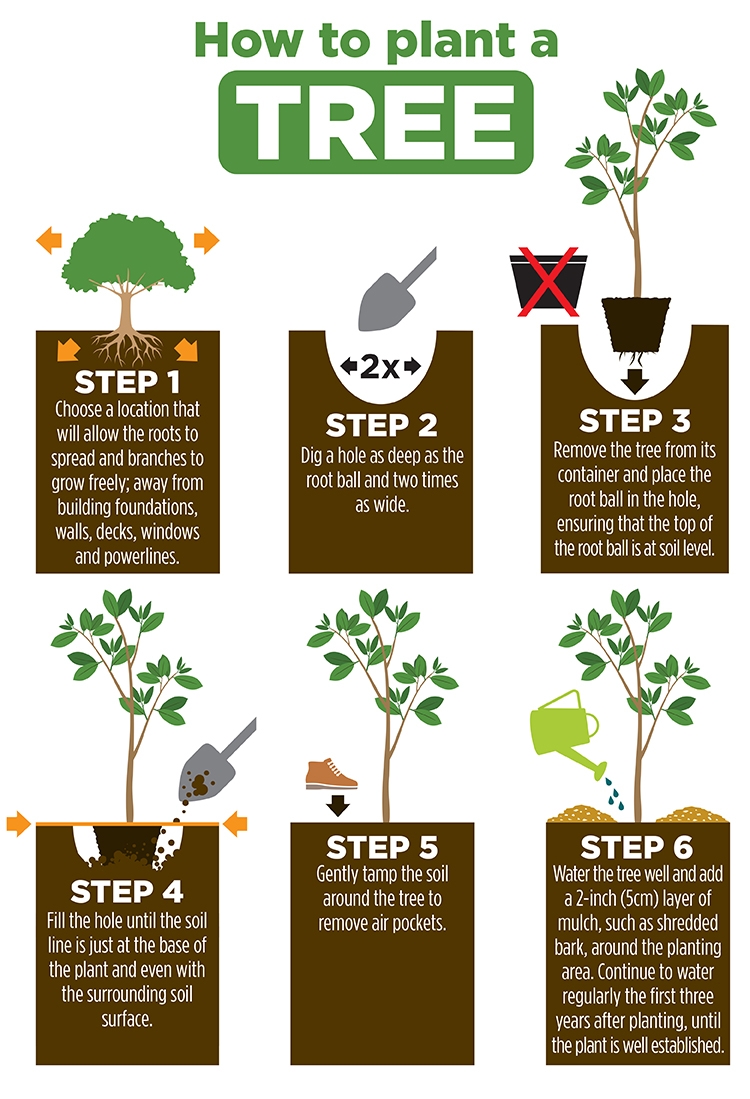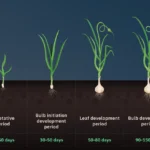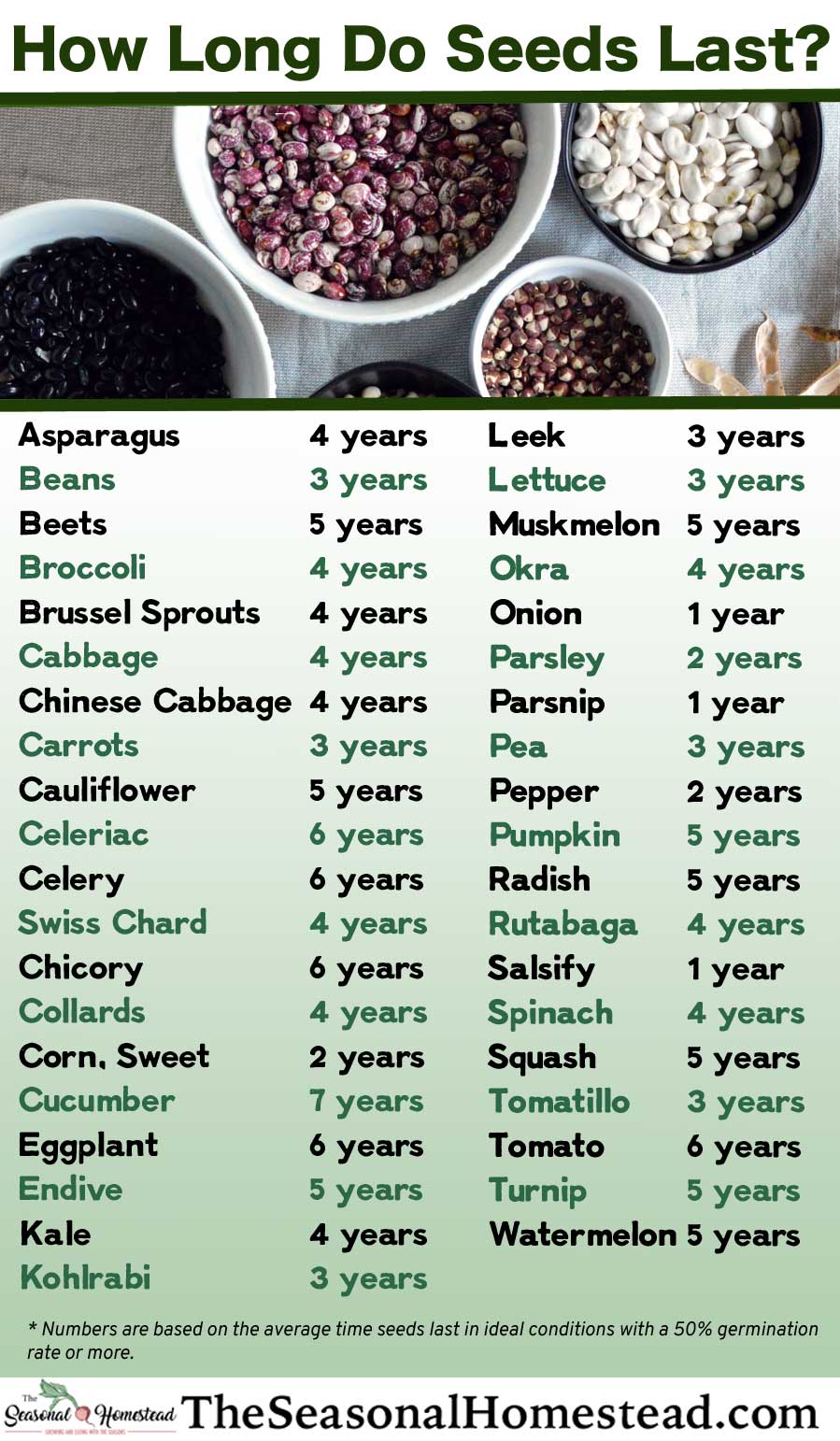Planting a strawberry patch is a delightful way to enjoy the sweet, sun-ripened berries right from your backyard. With the right approach, starting your patch from bare-root strawberry plants can be both cost-effective and deeply rewarding.
What Are Bare-Root Strawberry Plants?
Bare-root strawberry plants are dormant, soil-free plants that are ideal for establishing new strawberry beds. They are often shipped in a dormant state during the cooler months, which helps them survive transport and handling.
Understanding the nature of these plants is crucial for a successful planting. Unlike potted nursery plants, bare-root strawberries have visible roots with the dirt removed, making them lighter and easier to ship.
Not only are they more eco-friendly due to reduced shipping weight, but they also tend to be more affordable than their potted counterparts.
There are different types of strawberry plants, including everbearing and June-bearing varieties, which will influence how you care for and harvest your strawberries.
When Is the Best Time to Plant Bare-Root Strawberries?
The optimal time to plant bare-root strawberries is in the late winter or early spring. You should aim to plant as soon as the ground can be worked and the danger of frost has passed.
This timing gives the plants a chance to establish themselves and develop a strong root system before the warmer summer months.
In milder climates, planting can occur earlier, while in colder regions, you may need to wait until the ground thaws. If you’re unsure, check local agricultural guides for the best planting times in your area.
Proper timing is essential for the plants to establish and yield a fruitful harvest in the coming seasons.
How Deep Should You Plant Bare-Root Strawberries?
The depth at which you plant your strawberries can greatly affect their health and productivity. The crown of the plant, which is the part where the leaves and roots meet, should be level with the soil surface.
Planting too deeply can lead to rot, while planting too shallow can expose the roots and dry them out. Make sure that the roots are fully covered but the crown remains just above the soil line.
It is recommended to dig a hole large enough to spread the roots out without bending them. This ensures that the plant will have enough room to establish a healthy root system.
What Should You Do When Bare-Root Strawberries Arrive?
Upon arrival, inspect your bare-root strawberries carefully. If you are not ready to plant them, you can store them temporarily.
Keep the roots moist and cool to prevent them from drying out. This might involve misting the roots and placing them in a plastic bag with holes for ventilation.
Before planting, soak the roots in water for an hour to help them rehydrate. Avoid soaking them for more than two hours as this can deprive the roots of oxygen.
How to Store Bare-Root Strawberries Before Planting?
If you cannot plant your strawberries immediately, it’s important to store them properly to maintain their viability.
Place them in a refrigerator or another cool, dark place to keep them dormant until you’re ready to plant.
Remember to check on your plants regularly and keep the roots slightly moist during this period. This will help prevent mold growth and desiccation.
What Are the Best Practices for Planting Bare-Root Strawberries?
There are several best practices to follow when planting your bare-root strawberries:
- Choose a sunny location with well-drained soil.
- Amend your soil with compost to improve fertility and texture.
- Keep soil pH between 5.5 and 6.8 for optimal growth.
- Space plants 18 inches apart in rows that are 4 feet apart.
- Remove any flowers or runners during the first year to encourage root development.
Following these steps will help ensure that your strawberry plants establish themselves and produce a bountiful harvest.
Related Questions on Planting a Strawberry Patch
Should I soak bare root strawberries before planting?
Yes, it’s recommended to soak the roots of bare-root strawberries for about an hour before planting. This helps to rehydrate the roots and prepare them for better establishment in the soil.
Do not soak for too long as it can cause the roots to suffocate. Short and sweet is key to a good start for your plants.
How do you plant bare root strawberries?
Planting bare-root strawberries involves digging a hole wide enough for the roots to spread naturally. Place the plant in the hole and ensure the crown is level with the soil surface before backfilling.
After planting, water the strawberries thoroughly to settle the soil around the roots and remove any air pockets.
Can bare root strawberries be planted in the fall?
Planting in the fall is possible in warmer climates where the ground does not freeze. However, in cooler areas, it’s best to wait until spring to avoid damage from frost.
Proper mulching can protect fall-planted strawberries from sudden temperature drops.
What is the best way to start a strawberry patch?
To start a strawberry patch, select a sunny location, prepare the soil by adding organic matter, and choose healthy bare-root plants.
Plant them at the correct depth and spacing, water regularly, and care for them by weeding and mulching.
Remember to incorporate essential care tips for bare-root strawberry plants to ensure a successful start.
For a visual guide on how to plant your strawberries, check out this instructional video:
With careful attention to planting depth, timing, and post-planting care, your bare-root strawberry plants can become a flourishing patch offering sweet rewards for many seasons to come.






